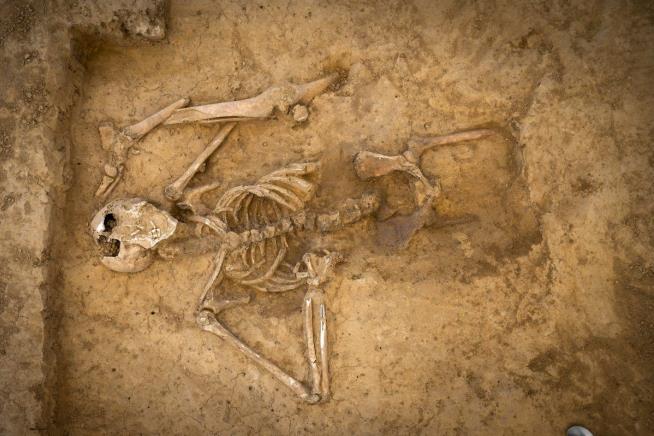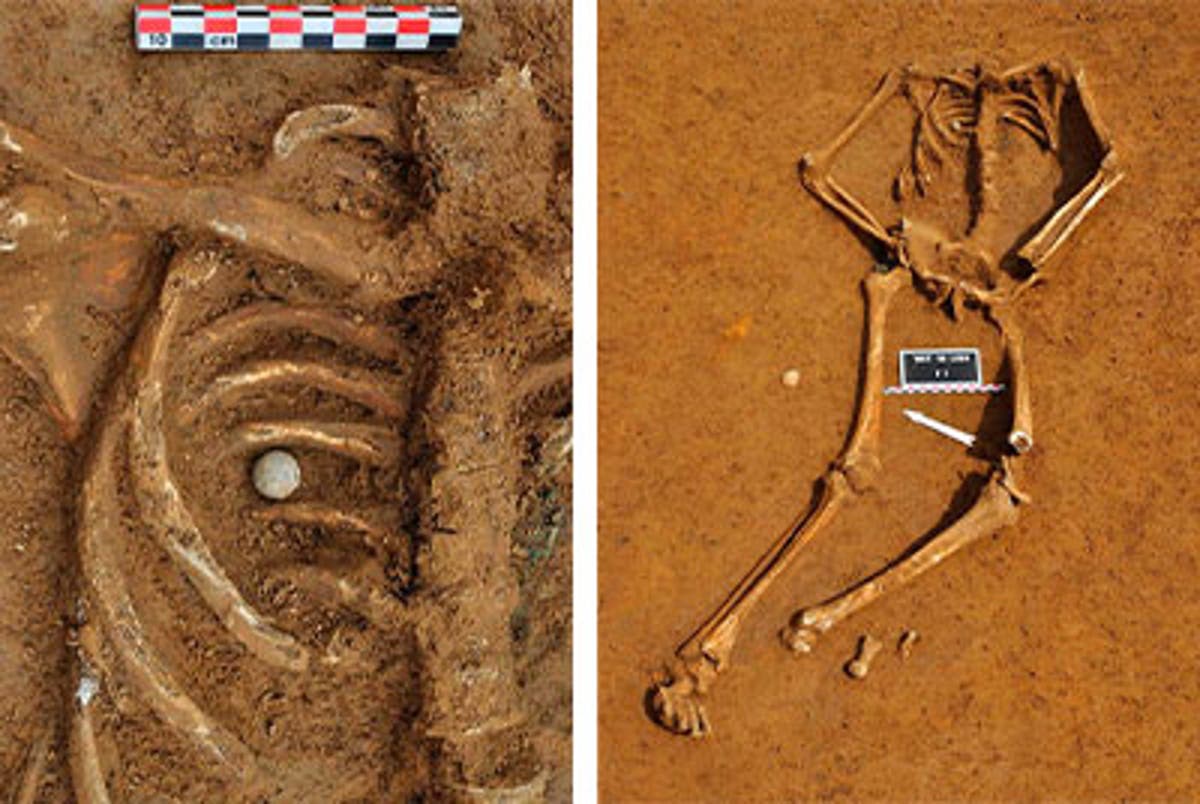Finding human remains at the site of a famous battle isn’t usually very surprising. But it is in the case of the Battle of Waterloo, which ended Napoleon’s rule as emperor of France. Though up to 20,000 men died in the battle in modern-day Belgium on June 18, 1815, many bones were later burned or ground down to be used as fertilizer. Since excavations began in 2015, little more than the remains of a hunchback and bones of severed limbs have been unearthed. In an “incredibly rare” find, however, experts have now discovered the complete skeleton of a man, believed to be a soldier, who likely battled Napoleon’s forces as part of a British-led coalition under the command of the Duke of Wellington.

“I’ve been a battlefield archaeologist for 20 years and have never seen anything like it,” Tony Pollard, an expert in conflict history at the University of Glasgow, says in a release from Waterloo Uncovered, a veterans charity leading the first excavations at the site since 2019. The soldier’s remains were found among severed leg and arm bones, medical waste, and ammunition boxes in a ditch outside a Mont-Saint-Jean farmhouse that is believed to have served as Wellington’s field hospital, according to the group. The theory is that the man’s body was dumped there after he died during treatment. “We won’t get any closer to the harsh reality of Waterloo than this,” says Pollard.

The excavation “shows the state of emergency the field hospital would have been in during the battle,” says Véronique Moulaert of the Wallonia Heritage Agency. The remains “would have had to be swept into nearby ditches and quickly buried in a desperate attempt to contain the spread of disease.” Horse bones were also found in the vicinity, per the BBC. Thousands of horses are believed to have died in the battle alongside their riders. Though many remains were removed from the site long ago, archaeologists say mass graves might lie hidden. Indeed, “the first ever large-scale geophysical survey of the Waterloo battlefield” will search for such graves, hidden structures, and other anomalies this year, Waterloo Uncovered says. (Read more Waterloo stories.)